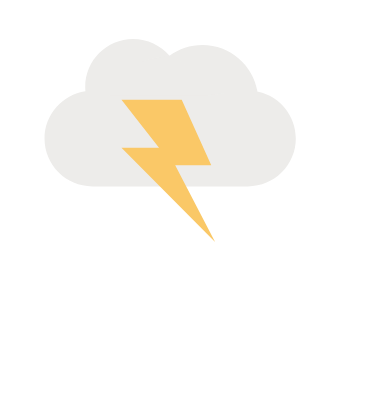


Women are three times more likely to experience frequent, severe, and disabling headaches than men. This is further intensified by military service.


There are more than 2 million women Veterans living in the U.S. today. Women veterans make up about 9.2% of all veterans. They are the fastest growing group of veterans and are projected to make up 18% of all veterans by 2040.
A large cross-sectional study of nearly 500,000 US veterans showed that 30.1% of women (compared to 8.2% of men) reported a history of migraine. This translates to over 600,000 women needing access to diagnosis, support and treatment for this chronic disease. For those who have experienced a traumatic brain event, the percentage of those impacted by headache and migraine rises even higher.
The Facts:
- 50% of women are more likely to experience tension-type headaches than men
- 30% of women veterans have a history of traumatic brain injury (TBI)


In a 2024 study, migraine prevalence also varied by race and ethnicity, with the highest prevalence in Hispanic or Latinx women veterans at 34.7%.1


Why Women Veterans are at Higher Risk:
Higher Exposure to Triggers: Military environments, including combat zones, exposure to harsh conditions, and traumatic brain injuries (TBIs), are known triggers for migraines.
Hormonal Influences: Women veterans may experience hormonal fluctuations related to menstruation, pregnancy, and menopause, which can exacerbate migraine symptoms.
Mental Health Challenges: PTSD, anxiety, and depression—conditions more common among veterans—are closely linked to the onset and severity of migraines.

You are not alone.
Hear Samantha’s story.
Active duty U.S. service member
Marine Corps combat veteran
Served four deployments
One of the 1st women tank commanders

Suffered a severe concussion in Afghanistan
Experiencing regular, debilitating migraine attacks
7 years without correct diagnosis
Finally found correct medication and support

You Deserve Proper Care
We understand that headache disorders are debilitating — they are a disabling condition that can severely impact your quality of life. Many women veterans find it difficult to receive an accurate diagnosis or proper treatment for their migraines.


VA Resources
Quickly access resources created by the U.S. Department of Veteran Affairs. These tools are specific to the unique needs of being a women.
Find a Clinician:
You don’t need to do this alone. Find a provider to support you in your journey and the help you deserve — either within the VA or outside of the VA.
Outside VA Resources:
Learn more about resources available outside of the VA. There are dozens of organizations dedicated to supporting women in the military.
Research and News
Stay up to date on the latest news and research with the headache and miliary community as it relates to women.
References
-
Gasperi MSchuster NMFranklin BNievergelt CMStein MBAfari N. Migraine Prevalence, Environmental Risk, and Comorbidities in Men and Women Veterans. JAMA Netw Open. 2024;7(3):e242299. doi:10.1001/jamanetworkopen.2024.2299








